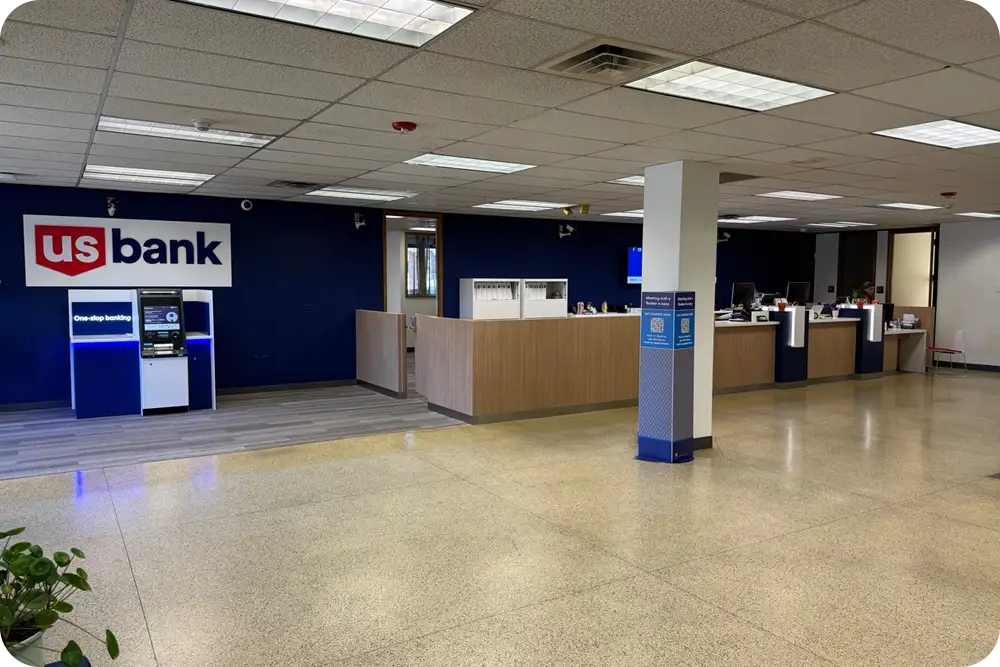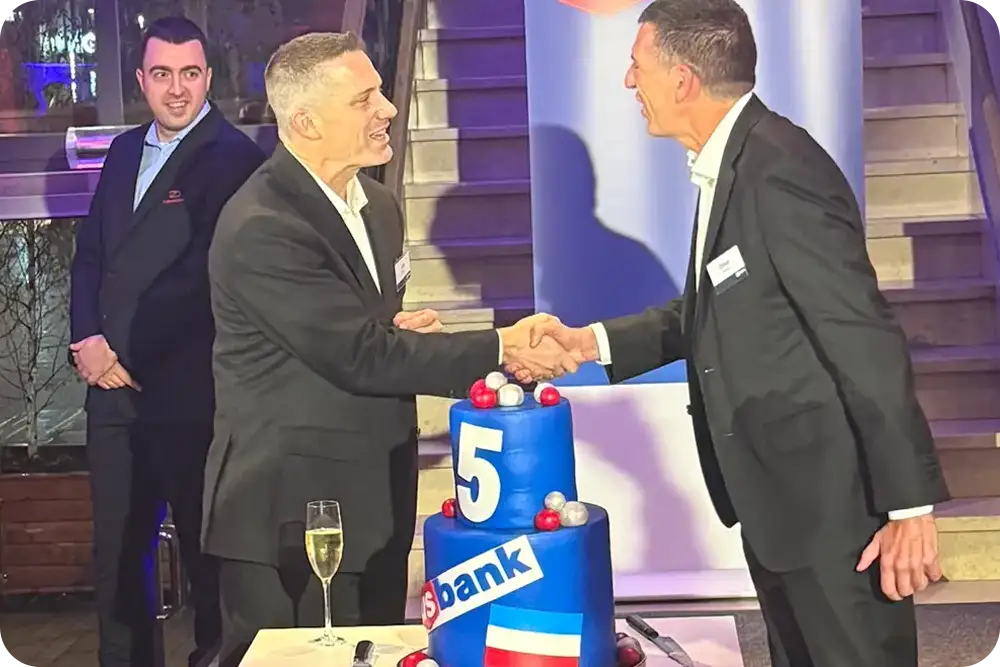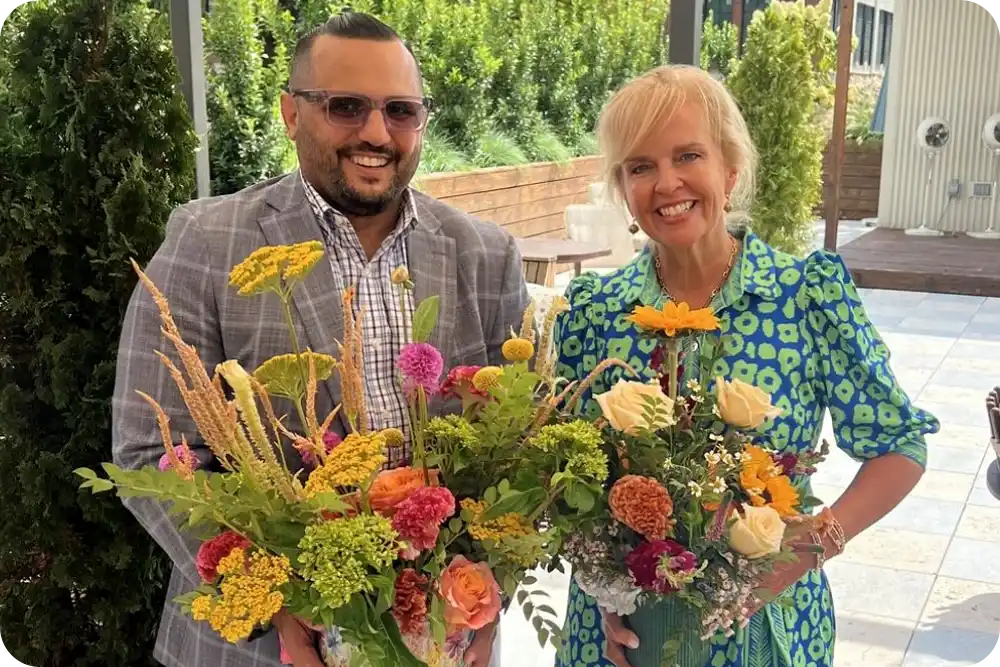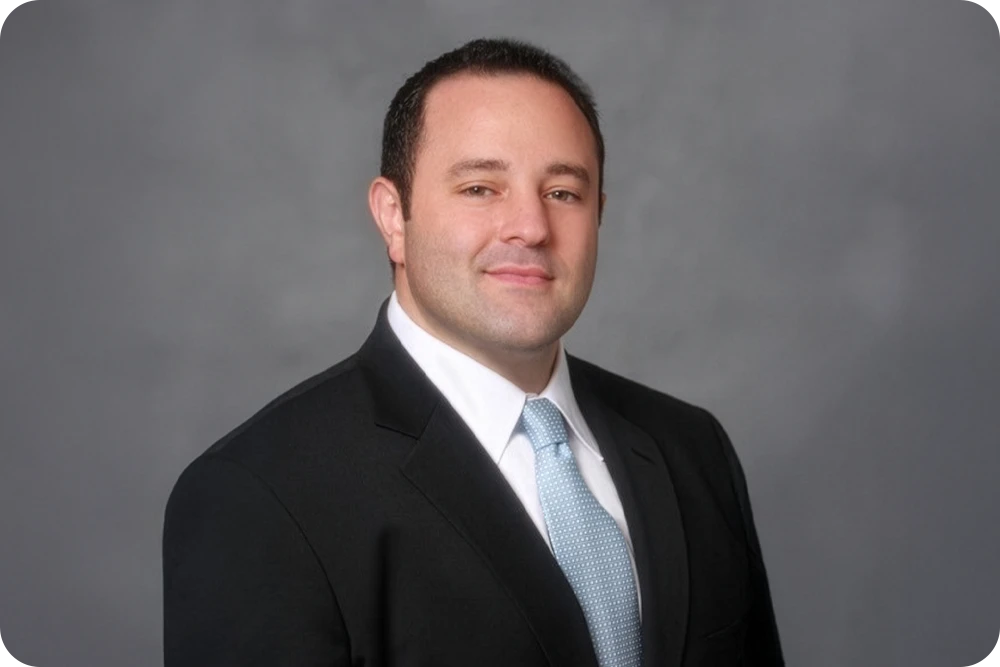news
U.S. Bank Avvance expands embedded financing network with new partners
KabelSync, Strictly and United Credit have added Avvance as a payment option in their platforms.
stories
U.S. Bank revamping branch network for the digital age
Five markets are among the first to see brighter, more collaborative in-person banking spaces.
news
U.S. Bank, Coinstar partner to offer convenient coin deposit options
Clients can now directly deposit coins at more than 10,000 retail kiosks and 100+ branches.
stories
2025 rewind: The annual look at our favorite stories of the past year
The News & Stories editors round up five of the many stories we were happy to publish.
stories
U.S. Bank celebrates five years of growth in Luxembourg
The Global Fund Services location in the financial hub has deepened relationships with clients.
stories
Florals and Finance: Education programs help financial savvy bloom
A leader's passion for empowering women has led to personal finance lessons across the country.
stories
Startup awarded for using hog manure to improve the environment
Two entrepreneurs have won U.S. Bank Foundation Cleantech Awards for 2025.
stories
Bank’s head of ETFs explains the ‘absolute explosion’ of fund launches
Josh Jacobs describes 2025 as the ‘golden era’ for new exchange traded fund launches.
Start of disclosure content








